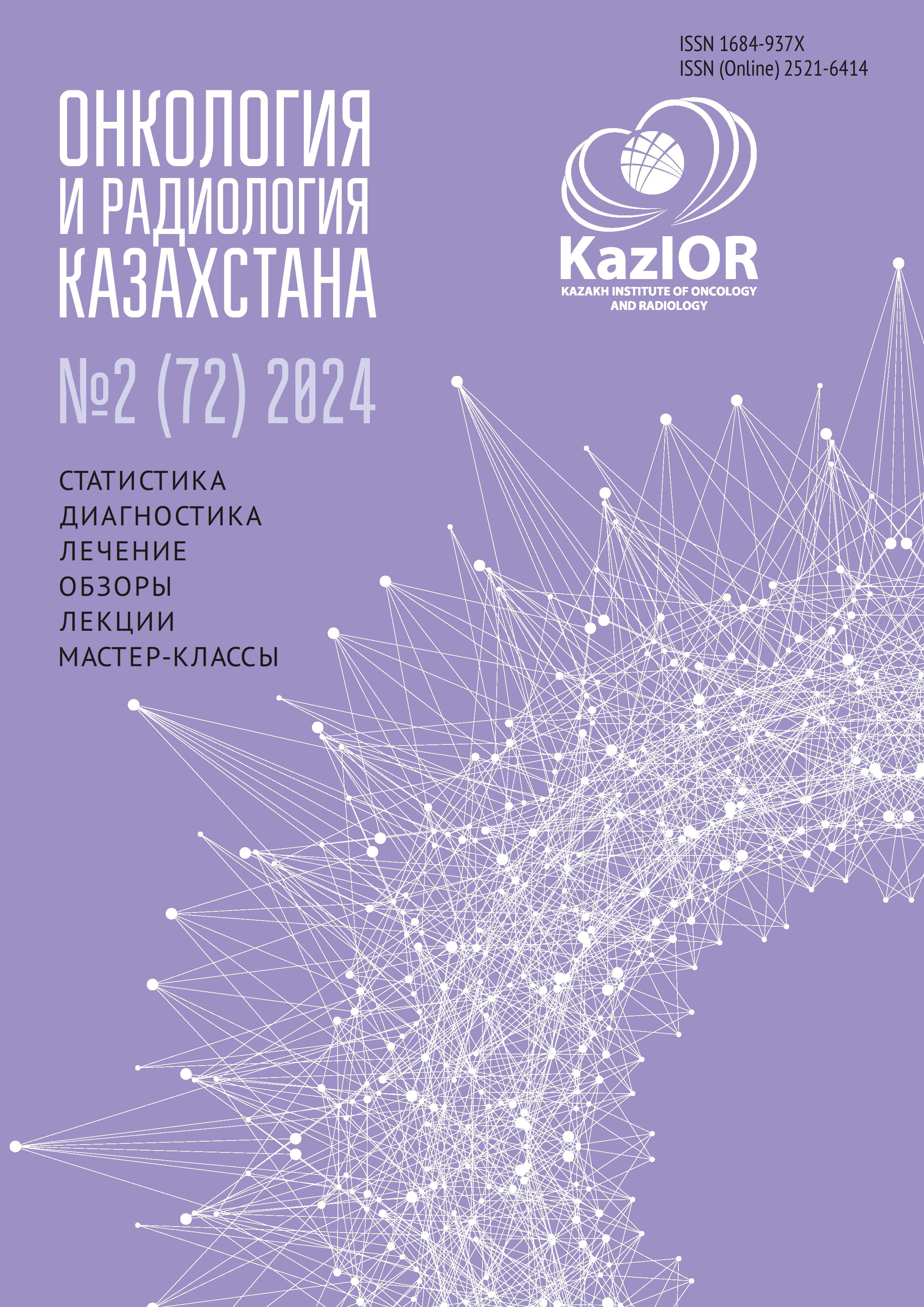Endoscopic bougienage as palliative treatment for inoperable esophageal cancer: A case series
Keywords:
stenosis, stricture, bougienage, palliation, esophageal cancerAbstract
Relevance: Esophageal cancer is one of the most aggressive tumors of the digestive tract, with a 5-year survival rate of only 10%. Given the global aging of the population and consequently the increase in the number of patients who will not undergo surgery, chemotherapy, and radiation, or the fact that they do not want it, especially due to deficiencies and concomitant pathology, endoscopic methods for palliative treatment are an alternative.
The study aimed to report the results using distal caps to treat esophageal stenosis in inoperable esophageal cancer.
Methods: The article describes cases of endoscopic cap bougienage in patients with inoperable cancerous esophageal stenosis at the National Scientific Cancer Center (Astana, Kazakhstan).
Results: All 5 patients had inoperable cancerous esophageal stenosis and endoscopically installed percutaneous gastrostomy. All patients refused to eat through gastrostomy and wanted to take food physiologically orally while preserving the perception of food taste. Sessions of distal esophageal bougienage with distal caps were performed outpatiently and without sedation; the intervals between sessions ranged from 7 to 20 days and the number of bougees ranged from 4 to 11.
Conclusion: In our clinic, distal cap bougienage has been successfully used in patients with benign strictures for a long time, and in this article we present cases of bougienage in 5 patients with malignant stenoses. Further investigation of the effectiveness of cap bougienage of malignant stenoses requires a more extensive sample of patients and longer follow-ups. However, we decided to publish our preliminary results since we were the first in Kazakhstan to use them in inoperable cancer patients. Bougie, as a palliative treatment for inoperable esophageal cancer, is a method to improve food passage and a more physiological meal, which, according to taste preferences, is more psychologically demanded by patients, compared to eating through gastrostomy. Bougie caps are a safe method since the Bougie Cap is transparent and the bougie is performed under the visual supervision of an endoscopist. This bougie technique can be recommended for widespread use in clinics as the safest bougie method not only for malignant stenoses but also for benign strictures of the esophagus.

